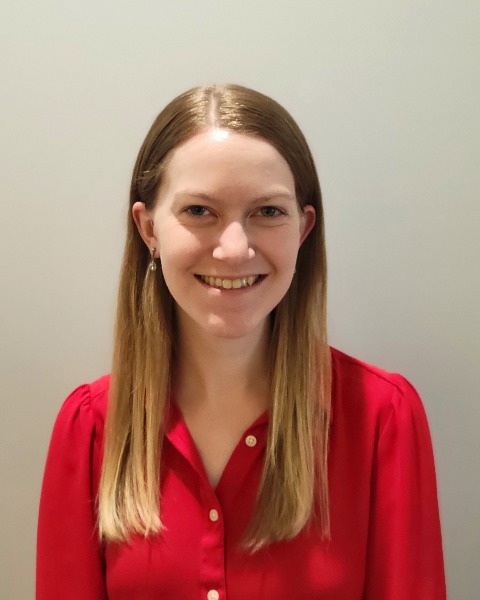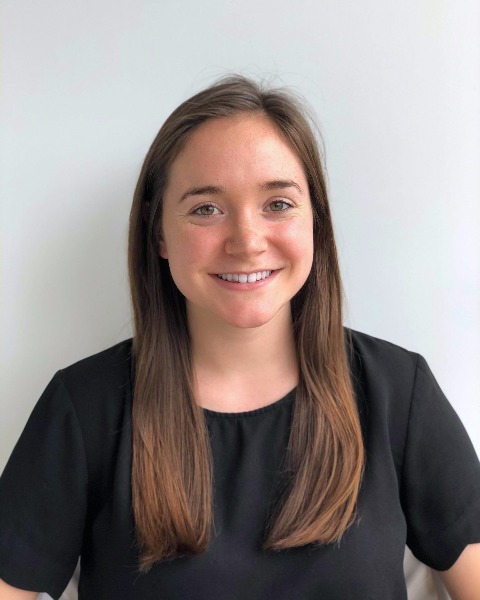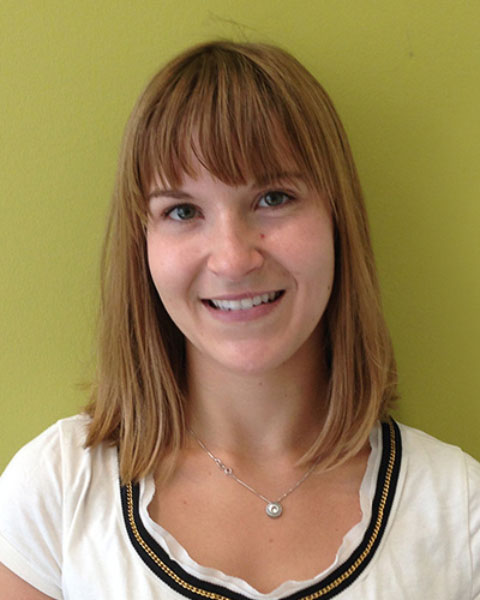Eating Disorders
Consuming alcohol during binge-eating episodes is associated with greater alcohol use generally and more alcohol use disorder symptoms in adults with binge-spectrum eating disorders
(PS7-17) Consuming Alcohol During Binge-eating Episodes Is Associated with Greater Alcohol Use Generally and More Alcohol Use Disorder Symptoms in Adults with Binge-spectrum Eating Disorders

Megan L. Wilkinson, M.S.
Ph.D. Candidate
Drexel University
Baltimore, Maryland, United States
Emily K. Presseller, M.S.
Ph.D. Candidate
Drexel University
Philadelphia, Pennsylvania, United States- CT
Claire Trainor, M.S.
Ph.D. Candidate
Drexel University
Philadelphia, Pennsylvania, United States 
Elizabeth Lampe, M.S. (she/her/hers)
Ph.D. Candidate
Drexel University
Philadelphia, Pennsylvania, United States.jpg)
Laura E. Boyajian, B.S.
Clinical Psychology Doctoral Student
University of South Florida
Tampa, Florida, United States
Adrienne Juarascio, Ph.D. (she/her/hers)
Associate Professor
Drexel University
Philadelphia, Pennsylvania, United States
Author(s)
Co-Author(s)
Individuals with binge-spectrum eating disorders (B-ED; e.g., Bulimia Nervosa, Binge-Eating Disorder) drink alcohol more often and consume larger amounts of alcohol on average than the general population. One pattern of drinking described clinically in patients with B-ED is drinking alcohol during binge-eating episodes. Drinking during binge-eating episodes may result in increased calorie consumption due to disinhibition from intoxication and consuming large amounts of food when binge eating. Since both drinking and binge eating may be used to cope with negative affect, the combination of these behaviors might indicate more severe depression symptoms. Greater exploration of this drinking pattern among individuals with B-ED is warranted to inform clinical recommendations. The current study aimed to characterize alcohol use during binge-eating episodes among adults with B-ED and examine differences between those endorsing and not endorsing this drinking pattern. Participants (N = 215) were treatment seeking adults with a B-ED (i.e., 12+ binge-eating episodes in the past three months) who endorsed alcohol use in the past three months. About one-third of participants (n = 69; 33.8%) endorsed drinking alcohol during binge-eating episodes in the past three months, with the most common frequency being “rarely”. The typical number of drinks during these drinking episodes varied with 26.1% of participants reporting one drink, 37.7% reporting two drinks, 24.6% reporting 3 to 4 drinks, and 11.6% reporting more than 5 drinks. Compared to participants not endorsing alcohol use during binge eating, participants who endorsed drinking alcohol during binge-eating episodes reported significantly more frequent alcohol use generally in the past three months (“Twice a week” vs. “Once a month”, p< 0.01), greater average number of drinks in a typical drinking episode (“Two drinks” vs. “One drink”, p< 0.01), and more DSM-5 alcohol use disorder symptoms (1.61 symptoms vs. 0.27 symptoms, p< 0.01). More than 20% of those endorsing alcohol use during binge-eating episodes reported experiencing tolerance to alcohol’s effects, drinking more or over longer periods than intended, and a strong desire or craving for alcohol. There were no differences between groups in terms of age, body mass index, binge eating frequency, global eating pathology, or depression symptoms (ps=0.15-0.86). Overall, these results indicate that a subset of participants with B-ED occasionally drink alcohol during binge-eating episodes, and these individuals may consume more alcohol generally and have greater risk for alcohol use disorder symptoms. Clinicians treating patients with B-ED should assess alcohol use during binge eating and alcohol use patterns and symptoms more broadly.

.png)
